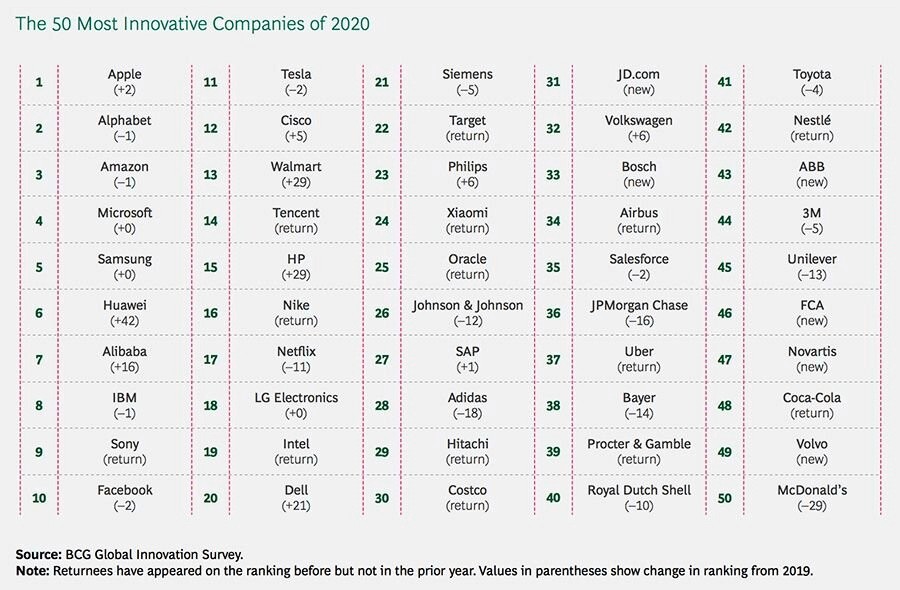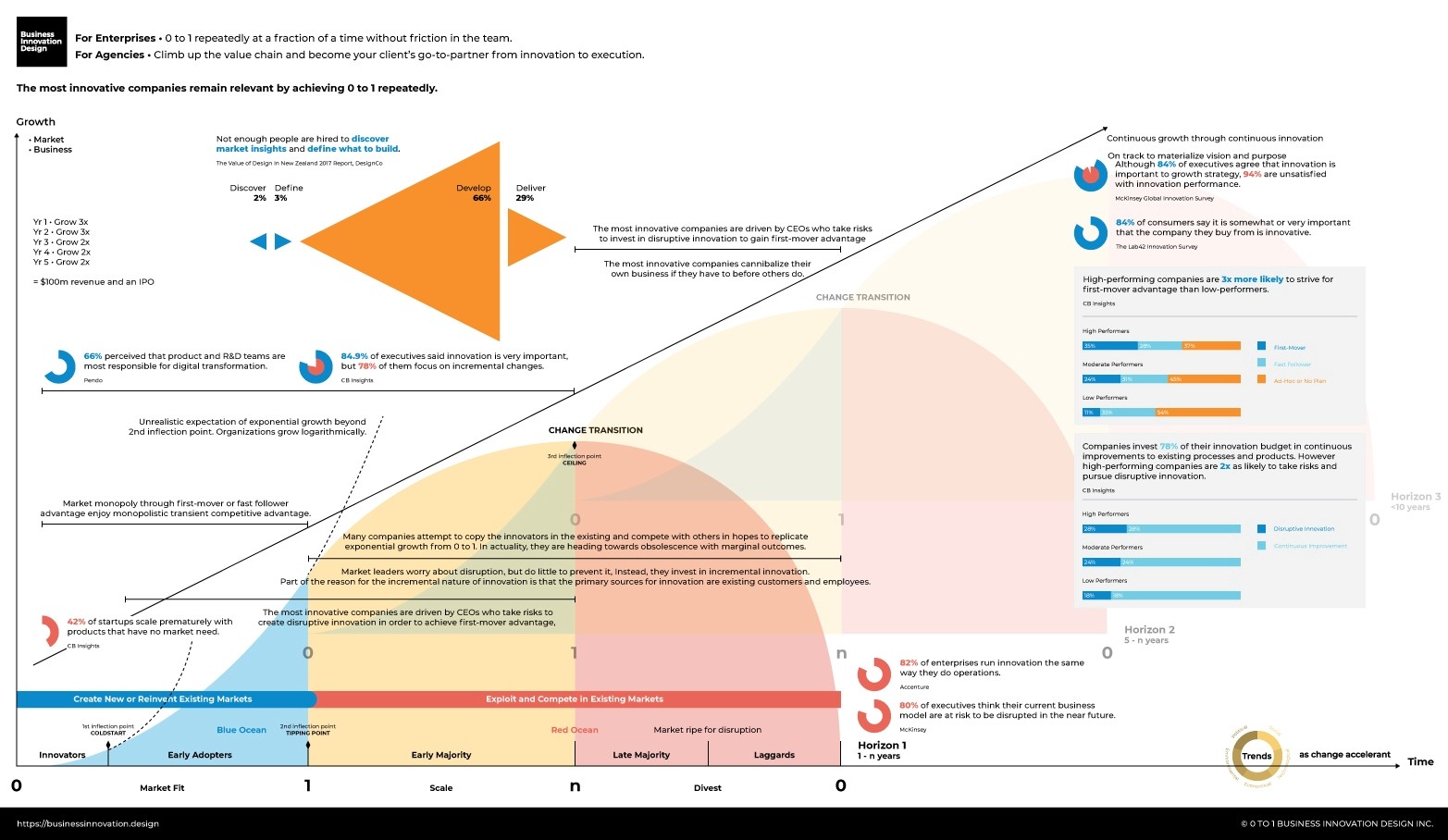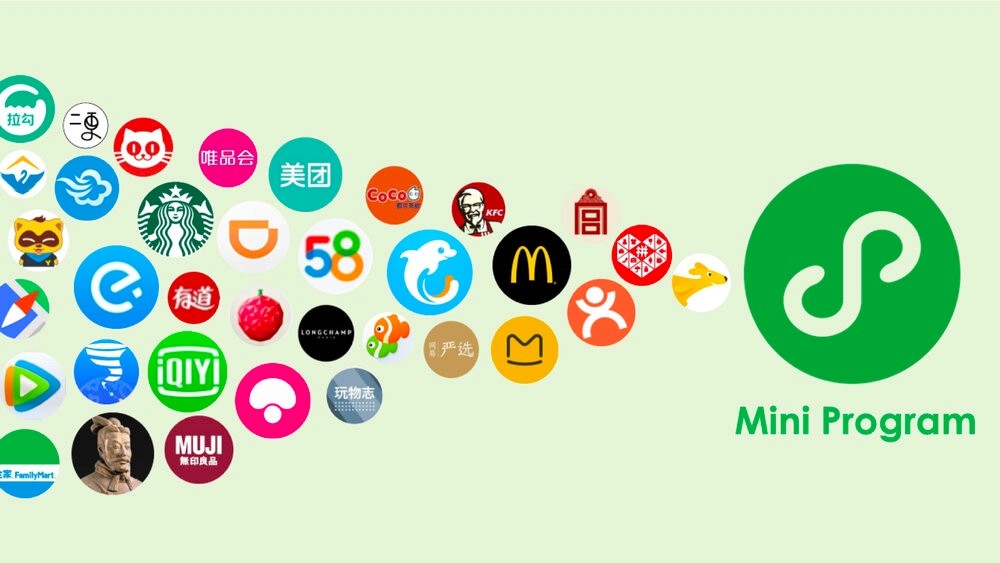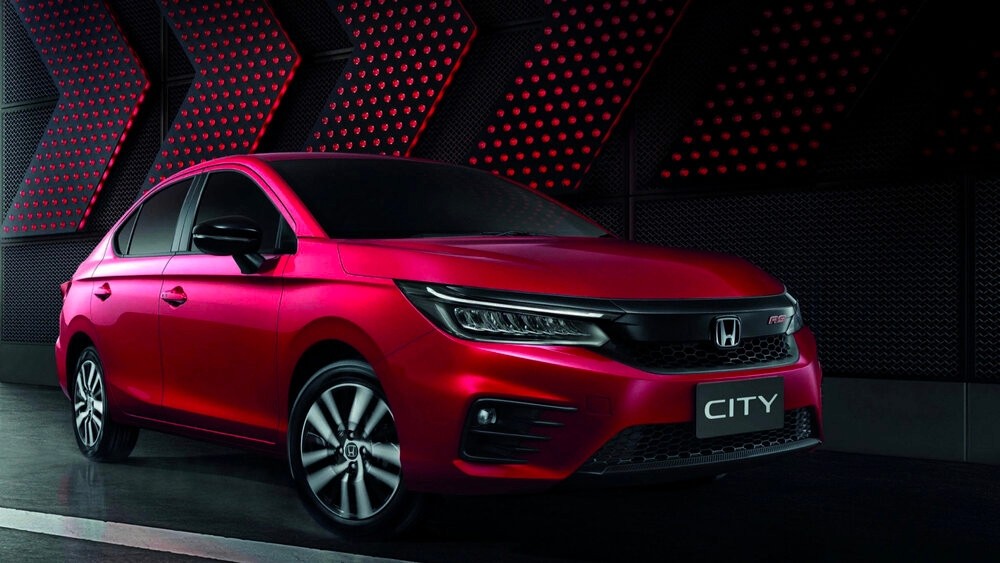What is Innovation?
12 min read
What does innovation mean?
Innovation is something new and different that creates impact. That “something” can be in the form of products, services, experiences, technologies, features, processes, brands, policies, communication, business model, go-to-market, and system.
There are 4 characteristics that define innovation.
Innovation is time-bound. What is innovative today, will not be innovative tomorrow. What is new today will become old tomorrow. What is different today will become the same tomorrow. What creates impact today will become the status quo tomorrow.
Innovation is human-centric. People’s behaviors and expectations constantly change as they are introduced to stimuli from technology advancement, economic volatility, environment degradation, and regulations.
Innovation is technology-informed. From a simple hammer all the way to AI, technologies have been applied for thousands of years as mechanisms to solve a wide problems. There is no innovation without the technology adoption.
Innovation is economy-driven. Unmet needs of large groups of people create a gap in the market that drive demand. This market gap is filled through innovation to satisfy market needs.

In 2007, Apple launched the iPhone and app ecosystem. They were once innovative because of their novelty and differentiation from the mobile phones, which has proved to impact the way people live, work, learn and play. Fast forward in 2021, iPhone and the app ecosystem are no longer innovative today as they have now reached status quo. However the new M1 chip that powers Apple devices is considered innovative.

Fast forward in 2021, iPhone and the app ecosystem are no longer innovative today as they have now reached status quo. However the new M1 chip that powers Apple devices is considered innovative.
Why innovation is important?
Innovation is important to grow businesses. With innovation, companies will be able to achieve speed-to-market, grow users base, top-line, bottom line and market share faster while boosting brand equity.
Innovation is important to advance human societies. Without innovation there is no societal progress - new behaviors, mindset, approaches, habits, processes and systems.
Innovation is important to boost economic growth. Innovation contributes to a country’s gross domestic product (GDP). The more products, services and businesses there are, the more competition will be, the more economic activities occur, which in turn boost the competency of a country.
Innovation is important to the save and sustain the environment. Capitalism before 21st century is all about exploitation without regards of environment sustainability. Capitalism from 21st century onwards must consider innovations that minimizes and prevents environmental degradation, or sustains environmental condition.
Innovation is important to shape favorable policies. When innovation is launched in the market, there is a chance that existing policies are not present to regulate it. The policies mandated by governments may improve the conditions of the society.
What do innovative ideas mean?
How does one gauge whether an idea is innovative? Three criteria must be met for an idea to be considered innovative.

1. New
Is the idea new that has not been seen in the market? An idea may not be new in one market or industry, but it may be new in others. Therefore the definition of new is dependent on where or which market/industry the idea that will be implemented. New may also means a re-inventing an existing market or creating entirely a new market category that has never been seen before.

2. Different
Is the idea different from the alternatives in the market? Alternatives are the existing products, services, experiences, technologies, features, processes, brands, policies, communication, business model, go-to-market, and system that are available in the market. Not only that the idea is different, but the way it solves problems for the beneficiaries is also different than the alternatives.

3. Impactful
Is the idea creating impact? Impact is the problems solved and value received by the people, businesses, environments and economies. Impact comes in a variety of forms, and means differently to others. What is impactful to one beneficiary may not be impactful to others. Impact is both positive and negative. It shapes and may even disrupt an existing market.
What makes a company innovative?
Think about your local supermarket vs Amazon Fresh. It’s not comparable. A company is considered innovative when they are able to create something new and different that generates impact. It is no secret that innovative companies perform better than other companies that are not. The most innovative companies dominate against competitors in their industries. There are 4 variables taken into account when evaluating the innovativeness a company.
• Global “Mindshare”: The number of votes from all innovation executives.
• Industry Peer Review: The number of votes from executives in a company’s industry.
• Industry Disruption: A diversity index to measure votes across industries.
• Value Creation: Total share return.

What innovative companies do differently than others?
Most companies copy and compete with others (1 - n). Innovative companies re-invent or create new market and are able to achieve the first critical growth (0 to 1).

What does it take for a company to innovate and go from 0 to 1? There are 3 macro activities that must be done well.
1. Set up an end-to-end innovation process that is holistic, modular and iterative innovation process covering activities end-to-end from insights to market. Teams must be equipped with mindset, methods and tools in order to understand the market, build the right products the right way, go-to-market faster with profitable unit economics, and build a company designed to execute this process with an aligned team. This allows companies to produce breakthrough value propositions in the market and scale the business.
2. Co-create with cross-functional teams remotely using digital tools.Co-creation allows internal teams and external stakeholders to work together and provide input to produce outputs that covers multiple perspectives. Decisions are made collectively in real-time face-to-face and/or remotely. Co-creation enables cross-functional teams to be more productive and eliminate friction by achieving alignment and collective buy-in at scale in order. This in turn helps organization to execute and move faster in the market.
3. Building innovation capabilities with skills ontology where upskilling based on closing the skills gap through personalized learning paths from the skills ontology.
Executives and managers must gain clarity the skills required to futureproof the workforce of the company. Talents must be equipped with relevant innovation skills personalized to them based on various innovation roles. Skills must also be measured at scale before and after upskilling in order to close the innovation skills gap.
This results in visible returns on training dollars and engaged workforce capable of applying innovation skills right away in order to sustain business transformation.
Innovative companies are able to achieve 0 to 1 and 1 to n once. However innovative companies may be irrelevant tomorrow if they do not change. Companies fail to remain relevant not because they do not understand the market, build the right products, or monetize them.
It is because they focus too much on exploitation, and get disrupted before they explored another. The most innovative companies continuously grow by building a system to continuously innovate that balances exploration and exploitation.
Apple, Alphabet, Amazon. Apart from triple As performance, they are the most innovative companies that have endured and adapted to change transitions over time. In other words, the most innovative continuously grow and remain relevant achieving 0 to 1 repeatedly.
What are the different types of innovation?
There are 2 types of innovation - disruptive innovation and incremental innovation.
What is disruptive innovation?
Disruptive innovation is something that is radically new and different that creates massive impact (0 to 1).
Disruptive innovation examples
History taught us that disruptive innovation is crucial to advance societies from stone age to iron age to bronze age, and up until today. Innovations from one industry are used to innovate in another.

WeChat launched Mini Program initiative which are “sub-applications” within the WeChat ecosystem. It provides advanced features to users such as e-commerce, task management, coupons etc.
For example, the shared-bike company Mobike has a mini-program enabling users to locate bikes, unlock them and top-up their account. Tesla has a mini-program enabling users to locate charging stations, schedule a test-drive and share their experiences about driving a Tesla car.

Uber in 2010. On-demand ride-sharing disrupted the taxi industry worldwide and created a new market for on-demand ride sharing market. Copycats like Lyft, Grab, Gojek and countless of similar apps have since emerged in local economies.
Upon launching in new countries, they were had to operate in uncertainties until regulations are made by local regulators to either allow or ban ride-sharing operations.
What is incremental innovation?
Incremental innovation is something that creates marginal impact (1 to n). It does not have to be new or different. However it is about creating incremental improvement or variations others that generates marginal impact.
Incremental innovation examples
The world is filled with examples of incremental innovation. It is easier to copy the existing than create the new. Incremental innovation comes in different forms.

Incremental improvement of the existing innovations.
The Honda City is a sub-compact car which has been produced and incrementally improved since 1981.

Copying others to create new variations in the same or different market.
The airline business operates the same way as others despite their efforts to differentiate themselves.
Both disruptive and incremental innovations co-exist together to create value to the beneficiaries.